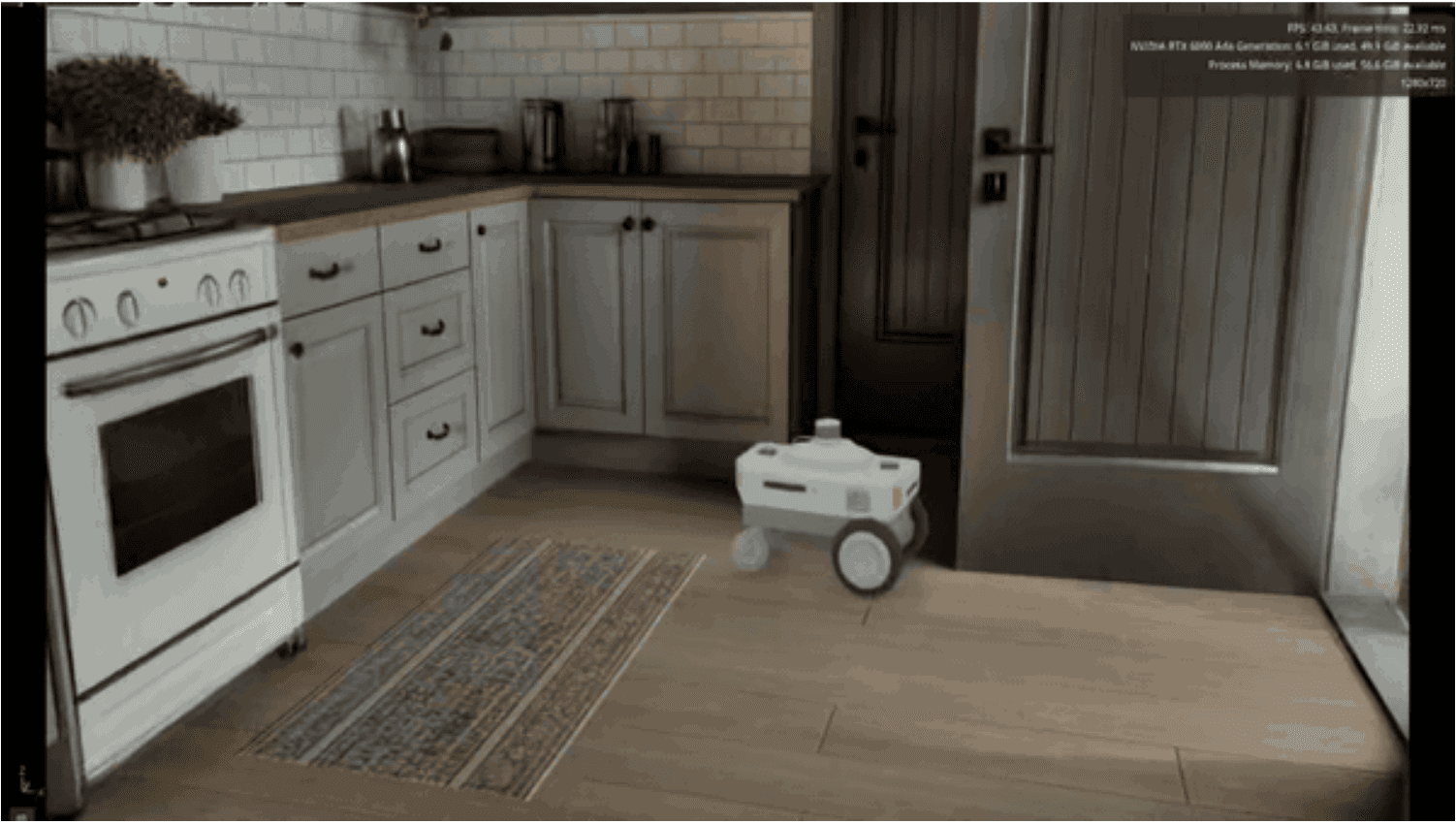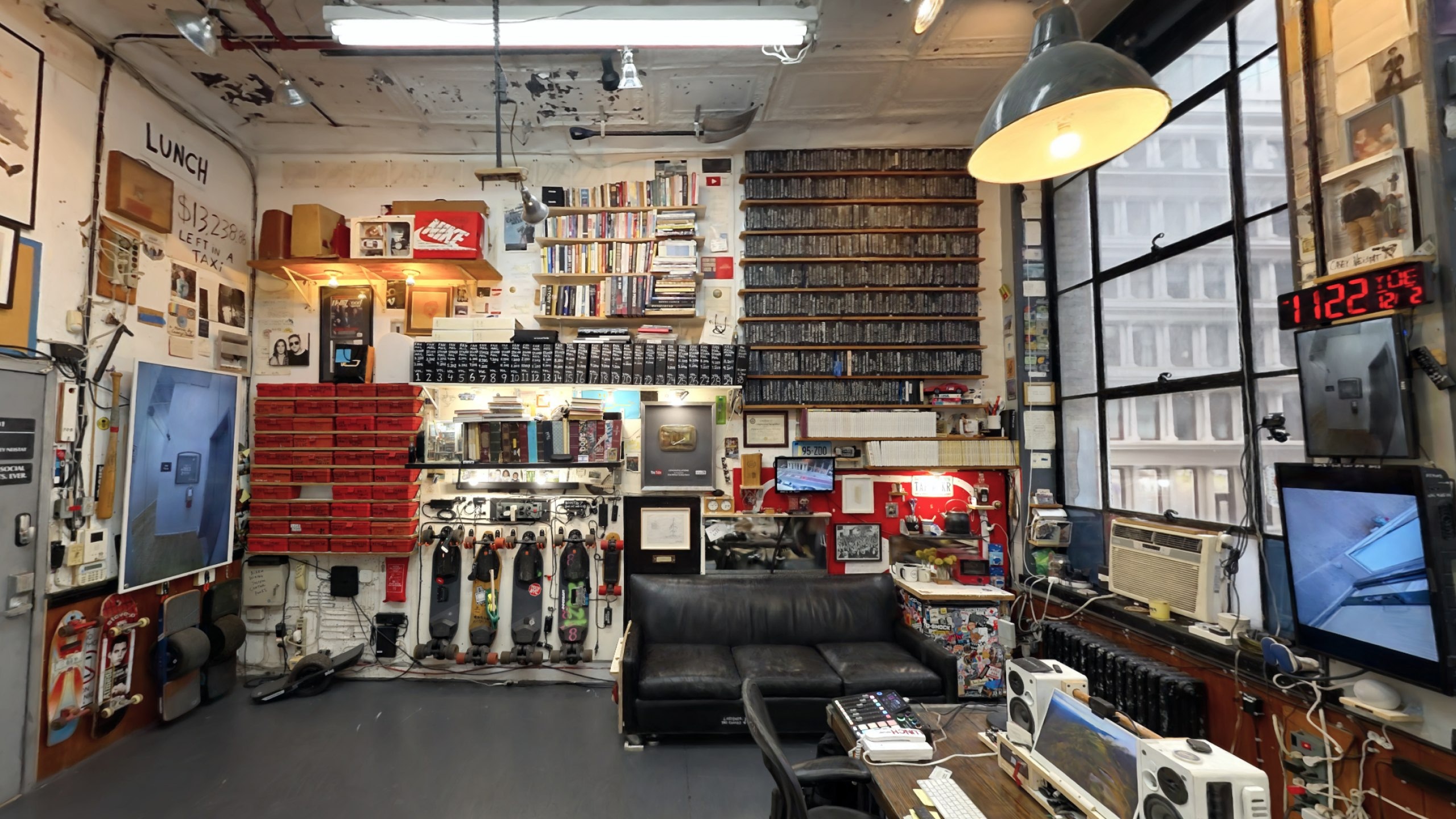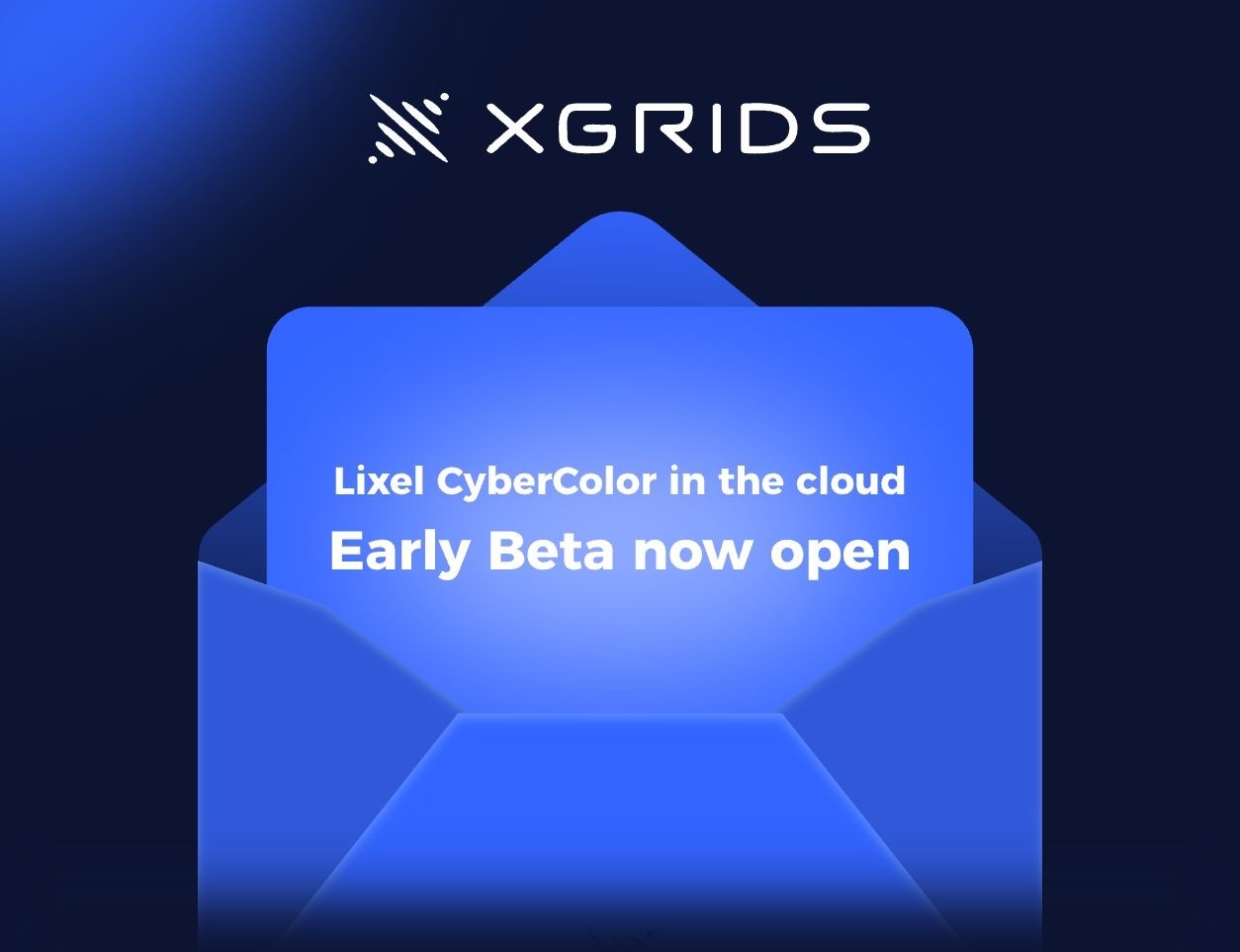
Michael Rubloff
Feb 17, 2025
Some of the best capture devices for radiance fields come from your smartphone. The footage naturally has a deep depth of field and crisp frames. However, not everyone realizes there's a way to get even more out of these captures.
Apple’s iPhone 15 and 16 Pros have elevated mobile videography by offering ProRes Log capture, which is minimally processed, 10-bit HDR video with on-device radiometric and geometric calibration. This technology is a boon for those wanting to maximize their smartphone footage without Apple's usual computational photography processing in the loop. Personally, I like to use the free Black Magic App.
But how do you get from ProRes Log to linear data that’s ready for radiance field reconstruction? That’s where the AppleLog2Linear GitHub repository steps in.
What Is AppleLog2Linear?
AppleLog2Linear is an open-source Python tool that transforms Apple ProRes Log-encoded .MOV files into fully calibrated linear RGB images. It implements Apple’s official Log-to-linear transfer function, as detailed in the included Apple Log Profile White Paper, making it straightforward to work with high-fidelity, calibrated frames.
Apple calibrates exposure, color, and geometry on the device. AppleLog2Linear simply reverses the log encoding to produce scene-linear reflectances. The repository outputs frames in multiple formats (8-bit PNG, 16-bit PNG, 32-bit EXR), so you can easily incorporate them into your favorite pipelines, such as COLMAP.
Traditionally, capturing radiometric video requires specialized equipment and calibration charts. With Apple’s iPhones, much of this is handled under the hood, allowing you to focus on creative and technical tasks rather than sensor intricacies.
The 10-bit depth provides fine tonal gradations and a wide dynamic range. By manually locking auto exposure and slightly underexposing, you can also reduce motion blur. AppleLog2Linear preserves those sharp details in the linear frames. All of these calibrations help improve pose estimation, radiance field reconstructions, photogrammetry, and more.
One note for those who want to shoot ProRes: be prepared for large file sizes; several gigabytes per minute aren’t uncommon. Fortunately, AppleLog2Linear is free and MIT licensed, so you can start using it right away and even use it commercially.







